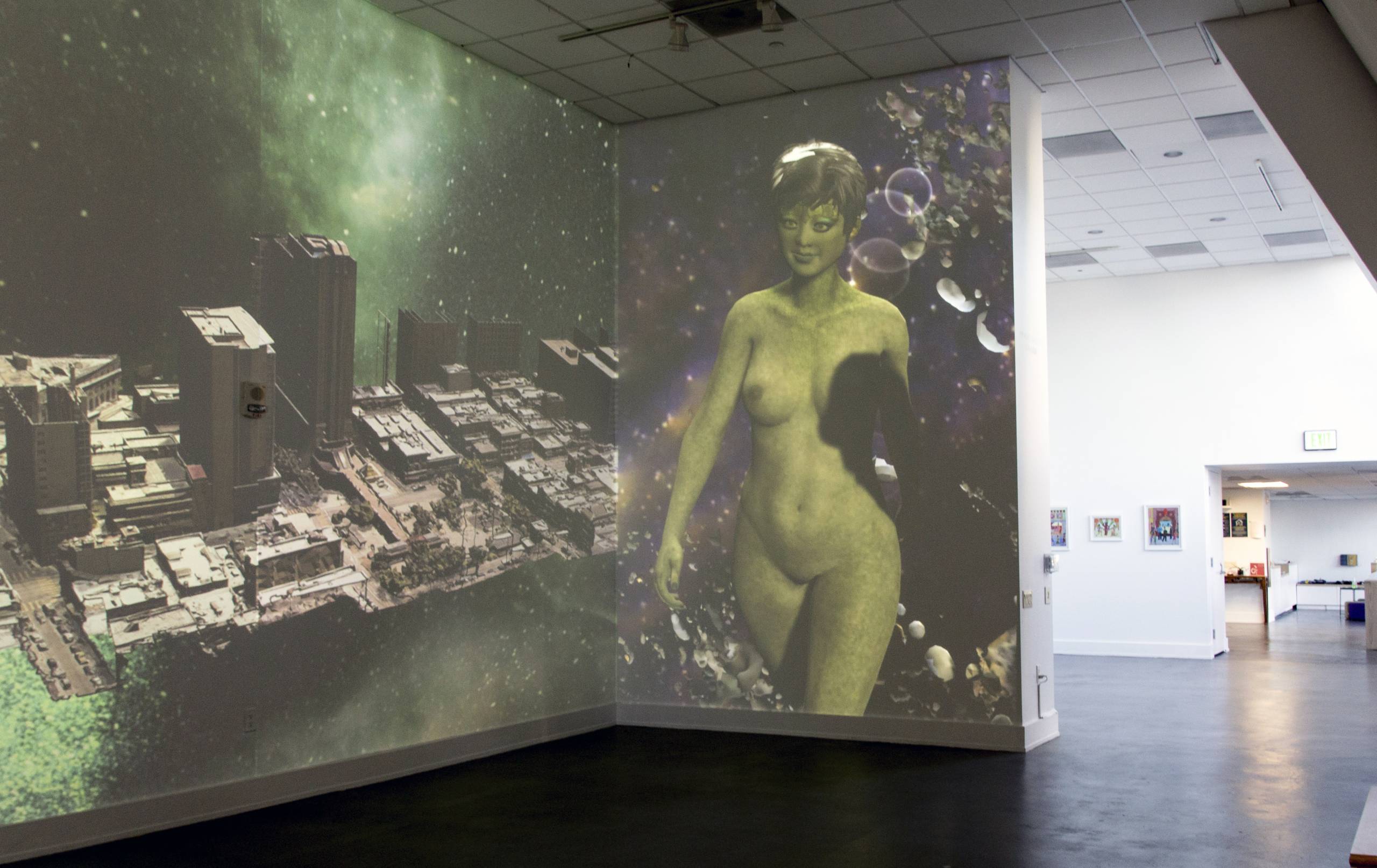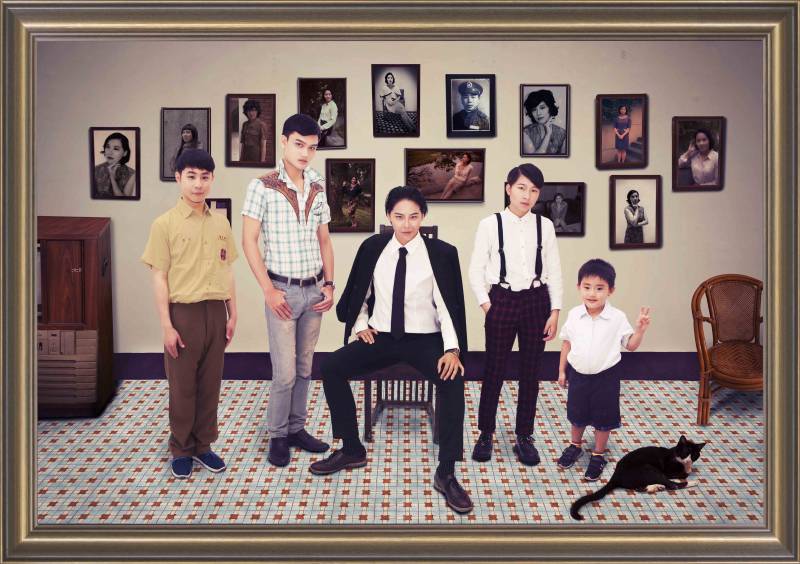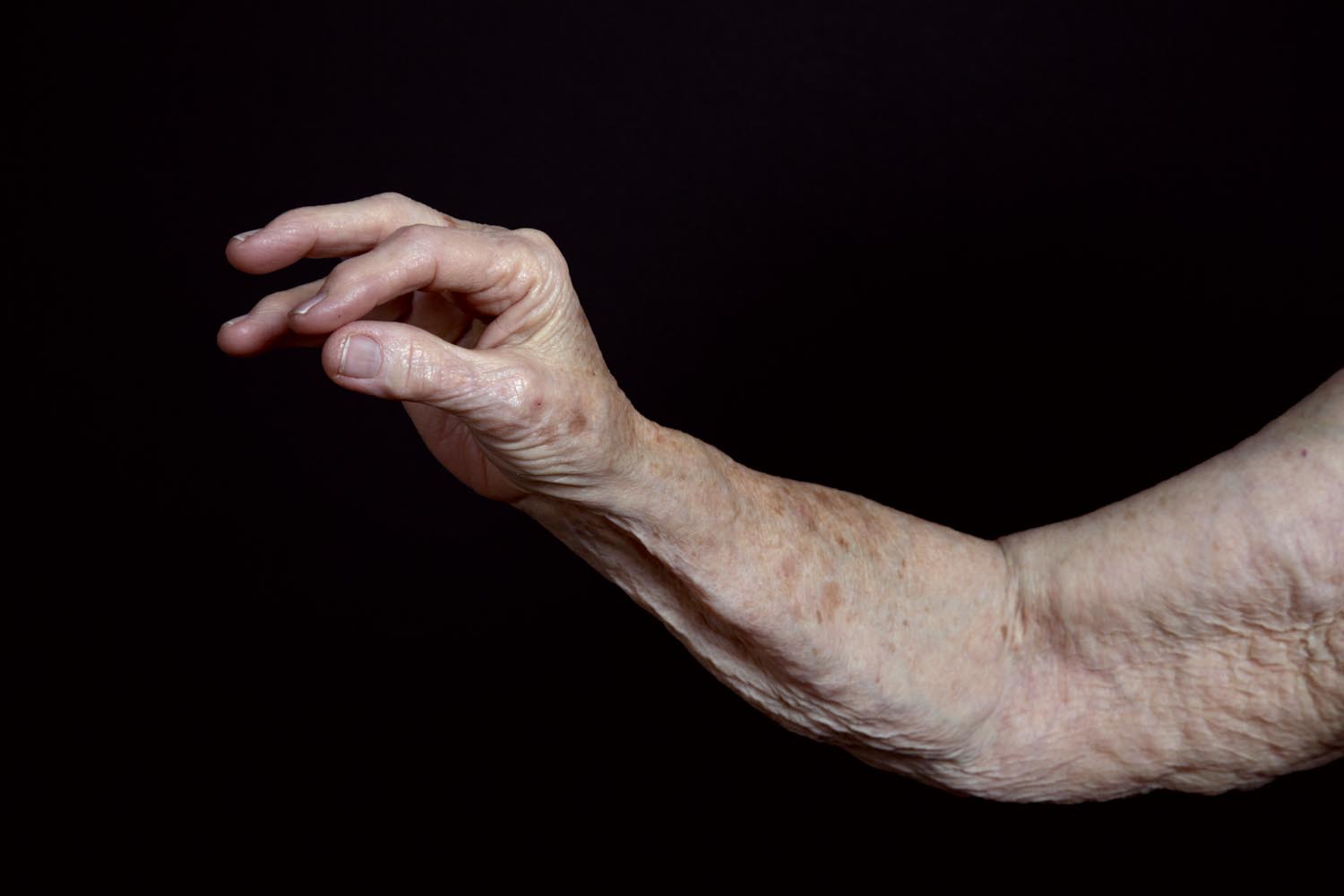In otherworldly utopias and sensitive documentary films, the works in WOMEN我們: From Her to Here at San Francisco’s Chinese Culture Center San Francisco explore queer and feminist lifeworlds from Asian and Asian American perspectives. The exhibition’s title draws on the Chinese word for “we,” 我們, which in Mandarin is homophonous to the English word “women.”
Propelled by a sense of togetherness invoked by the title, the exhibition, which is the third in the CCC’s WOMEN我們 series, creates a sense of unity within difference among artists who span generations and continents. Across a great variety of work the exhibition as a whole sings; its disparate parts come together in a harmony that is neither reductive nor strained.
WOMEN我們 is true to two aspects of the word “we”: there is a sense of belonging and collective experience—but one that is not borne out of sameness. A unifying factor among the artworks is how the past and future, along with play and sobriety, traverse each other’s boundaries. These works resist stabilization and didacticism, instead presenting the artist’s identities, and those of their subjects, as dynamic and ongoing creations.

Heesoo Kwon’s Leymusoom Bridge (2021) is a captivating video installation that continues the artist’s exploration of what she calls an “autobiographical feminist religion.” On one narrow wall, a digitally animated nude woman walks in place. With a determined facial expression and posture, the woman, whose skin bears a green tint, walks against a background that appears simultaneously cosmic and submarine. The woman walks continuously, with the background never receding, while events unfold on the adjacent wall.
At one point in the piece, a section of San Francisco’s Chinatown, seen as if from satellite, floats against a luminous celestial background. The Hilton hotel that houses the CCC stands out, along with the pedestrian bridge that connects the hotel to Portsmouth Square, a popular social space in the neighborhood. Eventually, water fills the streets and rises to subsume the bridge and then the rest of the Hilton. Organic matter covers the concrete surfaces and several women stand, swim and dance in this dreamy sea-space. Kwon’s utopia evokes both tradition—like the Korean shamanism she draws upon—and rebirth.




